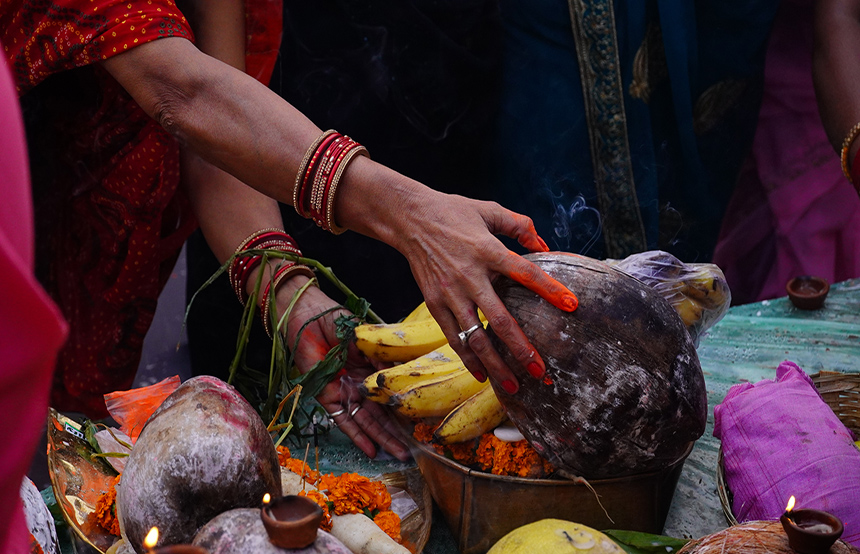
Published 13th Feb. 2023
Reading time
From the decorating of hands in henna to the throw-away use of karma, elements of Hinduism originating from India have seeped into pop-cultures across the globe in a way that no other religion quite has. On the streets of London, New York and Sydney, you can spot people rocking a printed T-shirt with a Hindu god and smell Indian incense wafting out of bohemian shops and cafes. So, it might just be that, without realising it, you’ve already had an introduction to Hinduism in India. But for anyone planning a trip to India, deepening your knowledge on the rich and varied religion that around 80% of Indians follow is essential. Read on to discover the origins, principles and eccentricities of Hinduism.
Hinduism is a timeworn religion that easily outbids both Christianity and Islam as the world’s oldest religion. The birth of the religion dates back to the 2nd Millennium BCE. That’s over 4,000 years ago. This was an era in which nomadic Europeans spent their days wielding copper weapons in small villages and had a life expectancy of around 30. Yet at the same time, a few thousand miles away in northwestern India, the Indus Valley Civilisation (which was among the world’s three earliest civilisations) started to develop some traditions that would mark the beginning of one of the world’s major religions. The next 2,000 years would see the development of Hindu deities, sacred texts and the first temples. And while historians have been able to mark certain important dates in Hinduism, many followers today believe that the gods possess an eternal spirit, meaning the origins of the religion date back to the origins of the world itself.
Our introduction to Hinduism in India continues with the gods, and, unlike other major religions, Hindus celebrate 33 principle gods and goddesses (known as devas and devis), ranging from ones that possess the divine feminine energy of the universe, like Parvati, to ones that serve as the patron god of yoga, meditation and the arts, such as Shiva. Most Hindus have small altars in their homes decorated with pictures and statues of their most beloved deities. In the morning, members of the family perform a puja (a moment of worship), which involves saying some prayers, burning incense and making an offering. While weekly visits to temples are not demanded of devotees in any way, Hindus often visit places of worship on special occasions and festivals. We can arrange for you to visit some of India’s most dazzling temples to observe puja yourself, such as Brihadishvara in Tamjore, a UNESCO-listed temple dedicated to the god Shiva; Kanchi Kailasanathar, the oldest temple in the holy city of Kanchipuram; and the ancient temple complex carved into the red-stone Badami caves in northern Karnataka.
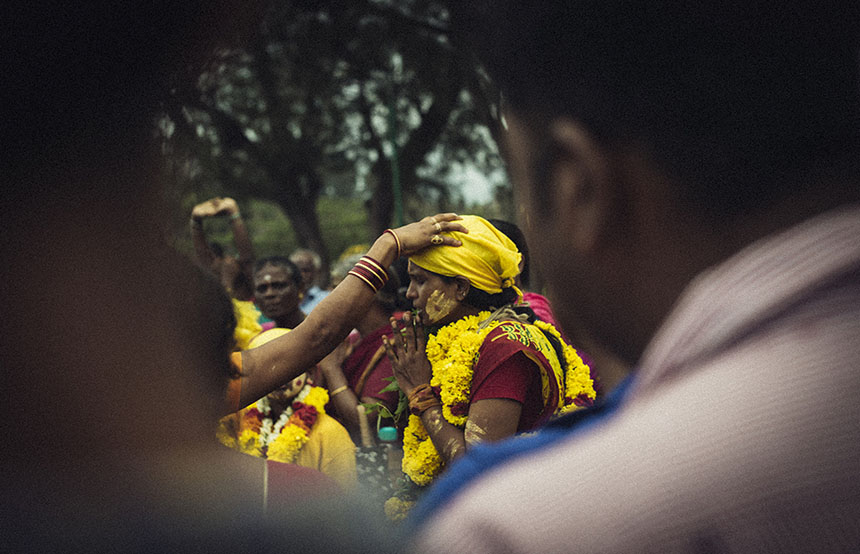
Image by Julien Mignot
For Hindus there are four main goals to strive for in life: dharma, leading a good life; moksha, the pursuit of enlightenment to liberate suffering; kama, the pursuit of pleasure (linked to Kama Sutra *side-eye emoji*); and artha, the pursuit of wealth. Together, these guiding principles provide Hindus with the tools they need to lead a meaningful life. There is also the well-known concept of karma, which is linked to the idea of positive and negative actions determining the quality of your life after reincarnation. Hindus are very driven by the goal of reaching dharma and always choosing good over evil, something which is celebrated in numerous festivals throughout the year.
We’re going to tie off our introduction to Hinduism in India with the colourful, creative and downright chaotic festivals that attract thousands of travellers to India every year. The biggest and most important celebration of the year for Hindus is certainly Diwali, a joyous ‘Festival of Lights’ in November that sees people light diyas (clay lamps) outside their homes to celebrate the victory of good over evil and to protect them from spiritual darkness. Varanasi, in Uttar Pradesh, is one of the best places to go to celebrate Diwali, as the entire city and the stairs of the Ganges River is aglow with lanterns for the full five days. Nicknamed the ‘Festival of Colour’, Holi is another celebration of good over evil that sees Hindus let go of old resentments and bad feelings towards one another. On the 12th month of the Hindu calendar (usually February or March), people head out onto the streets to blast one another with brightly-coloured powders, pastes and liquids. The cities of Uttar Pradesh - including, Mathura, Vrindavan and Agra - are some of the liveliest places to get involved in Holi celebrations.
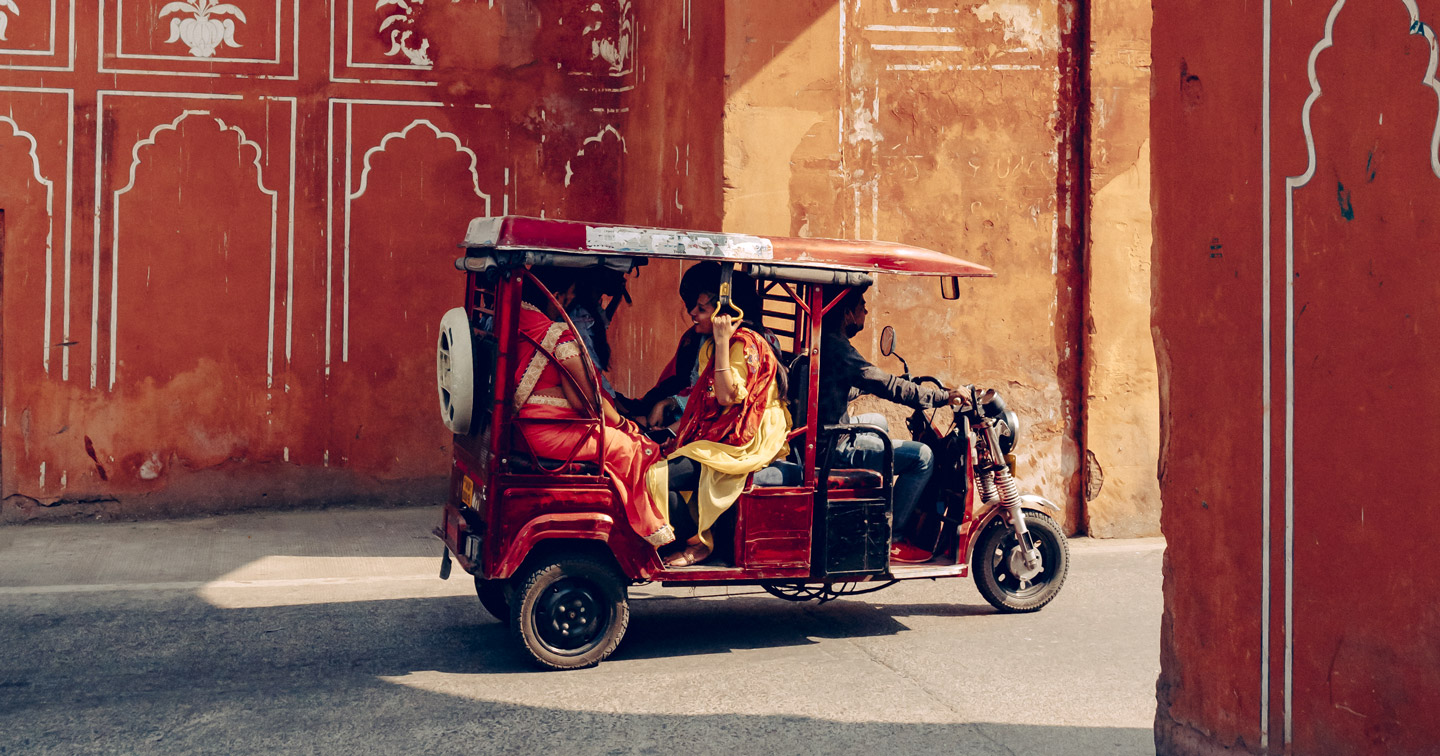
Our eager experts have explored India from its mountainous north to its tropical south in search of the best destinations, experiences and properties. In-country, our passionate team of Concierges share a love of India and are always on hand to impart extensive knowledge of their country. Working with phenomenal local guides across the country, we tailor experiences to your specific interests, from family-friendly block printing in Jaipur to city food tours and off-the-beaten-track wildlife safaris. Whether you’d rather call a historic palace or a humble guesthouse home, we can offer your dream accommodation while in India.
ENQUIRE NOWPractical advice and inspiration for your next trip
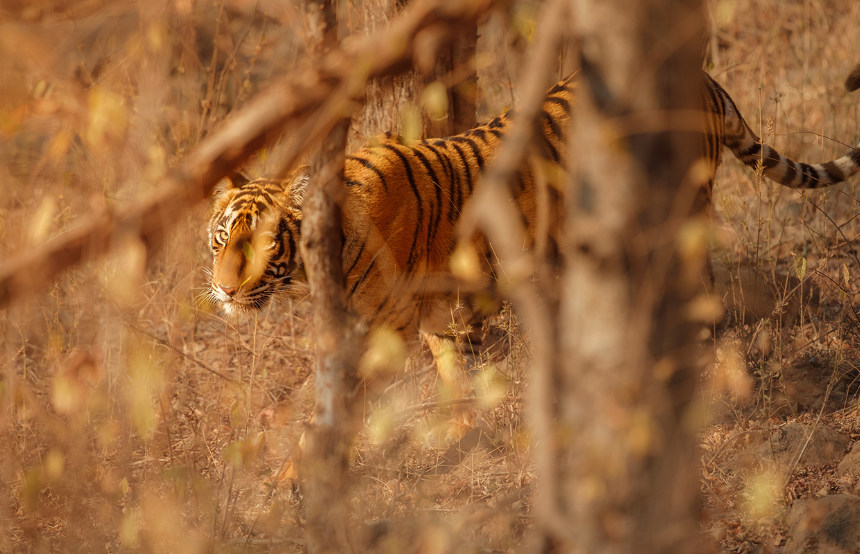
Searching for the best safaris in India? We’ve got you covered. Whether you’re keen to track tigers in Madhya Pradesh, admire Asiatic lions in Gujarat or photograph forest eagle owls in Kerala, your India holiday awaits. While Bengal tigers steal the limelight in Bandhavgarh National Park, don’t forget about the shaggy sloth bears (though they’re not as cuddly as they look). Feeling up for the adventure?
15th September 2025 - India Safari & Wildlife
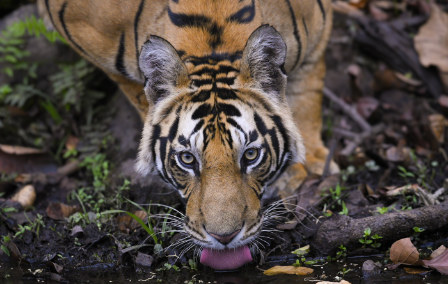
With their sleek, tangerine-tinged coats, piercing eyes and commanding presence, nothing beats the thrill of seeing a tiger in the wild. And where better than in India, home to the largest population on Earth? But when it comes to the best time to see tigers in India, it all depends on what you want from your trip. Whether you’d rather vivid green landscapes or crowd-free safaris, we’ve got the insider intel on when to see India’s famous big cats.
23rd June 2025 - India Safari & Wildlife
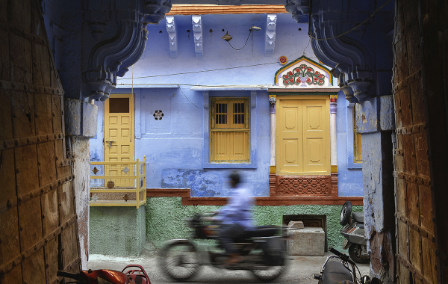
India has long been a favourite destination here at Original Travel. It's the kind of country that inspires a lifelong affinity; travellers become hooked on the kaleidoscope of colour, energy and spirituality that pulsates throughout the nation. From India’s remarkable landscapes and diverse cities to its thriving wildlife and creative cuisine, there’s always more to explore. Keen to discover more reasons to visit India?
25th May 2025 - India Travel Inspiration

Our team of destination experts will get to know you and your unique requirements for your holiday

We work with you to build an ultra-personalised holiday itinerary with your choice of accommodation, experiences and activities

All of our holidays include little extras designed to make a big difference to your trip, from fast-tracking you through airport check-in and security to our network of local Concierges